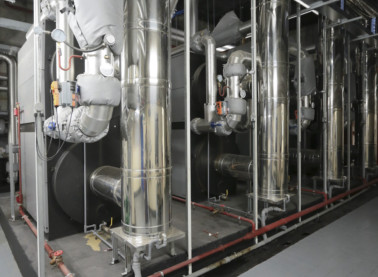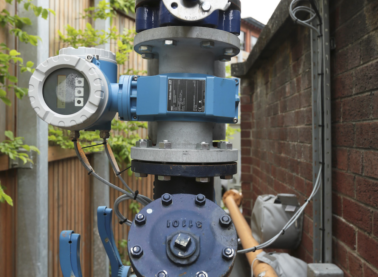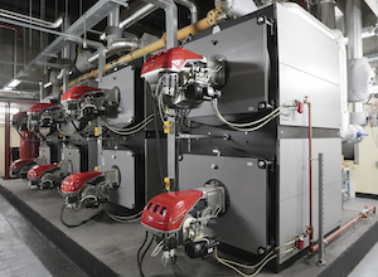<script type="text/javascript"> _linkedin_partner_id = "6415570"; window._linkedin_data_partner_ids = window._linkedin_data_partner_ids || []; window._linkedin_data_partner_ids.push(_linkedin_partner_id); </script><script type="text/javascript"> (function(l) { if (!l){window.lintrk = function(a,b){window.lintrk.q.push([a,b])}; window.lintrk.q=[]} var s = document.getElementsByTagName("script")[0]; var b = document.createElement("script"); b.type = "text/javascript";b.async = true; b.src = "https://snap.licdn.com/li.lms-analytics/insight.min.js"; s.parentNode.insertBefore(b, s);})(window.lintrk); </script> <noscript> <img height="1" width="1" style="display:none;" alt="" src="
×
Queens University Belfast (QUB) was founded in 1845 and now is a member of the Russell Group, combining excellence in research and education with a student-centred ethos.
Following an open design competition, IN2 was successfully appointed as Project Managers and Engineering Design Consultants by QUB. The project involved assessing their energy usage across the entire Estate to identify opportunities for reducing usage to meet their carbon reduction targets identified in the QUB’s Carbon Management Plan.
IN2 first analysed the current energy usage profiles for all buildings on the Estate. Opportunities to reduce energy consumption were immediately identified. One being replacing the existing boiler plant with a more modern solution with lower operating temperatures, therefore reducing energy consumption and saving costs. Once an accurate energy profile was established, this was benchmarked and compared against CIBSE best practice guidelines.
The campus energy strategy was assessed in terms of whole life cost, running and maintenance costs and payback analysis. IN2’s energy analysis took account of the University’s future building development plans and formed the basis of QUB’s Business Case for funding approval. The project achieved the CHPQA certification which grants QUB eligibility to a range of benefits.
Although each campus had a significant electrical baseload, there was a challenge during the summer when thermal demand was less. This resulted in more heat rejection from the CHP plant. However, IN2 proposed collaborating with the neighbouring City Council’s Botanic Gardens for utilising this rejected heat, by exporting this to their greenhouses. This enabled QUB’s CHP plant to continue operation during off-peak times, whilst at the same time providing a revenue stream through the Botanical Gardens.
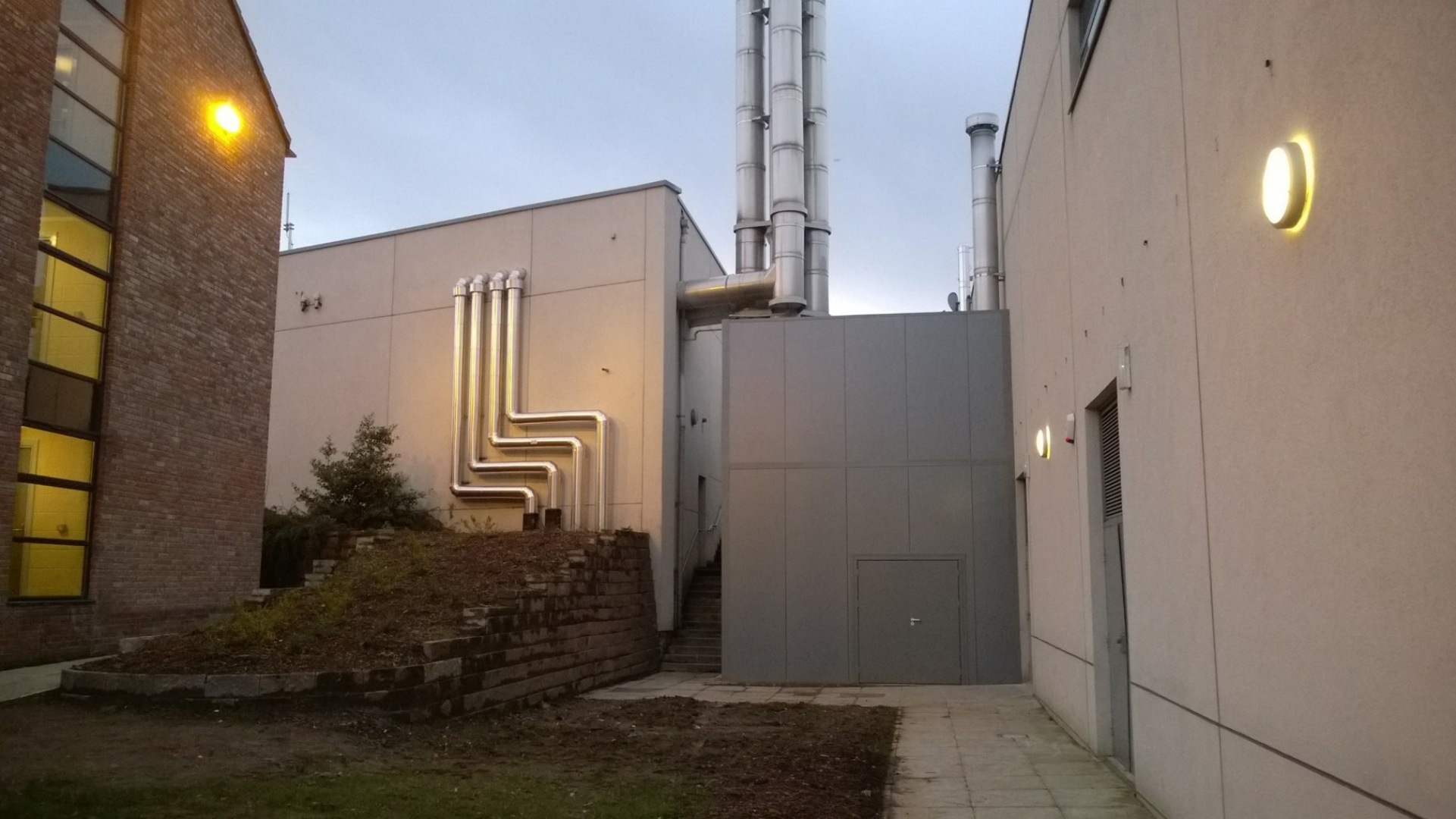
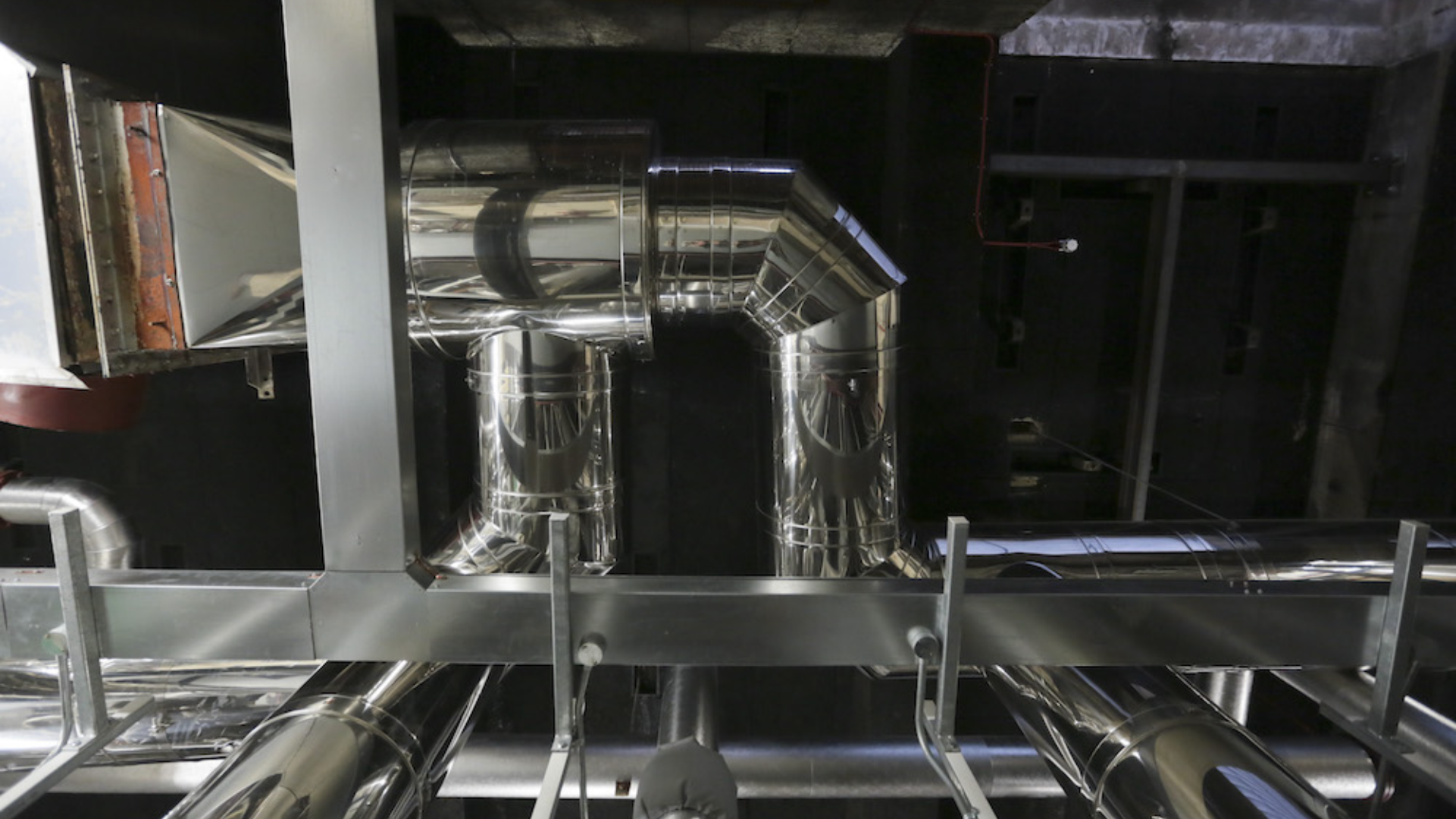
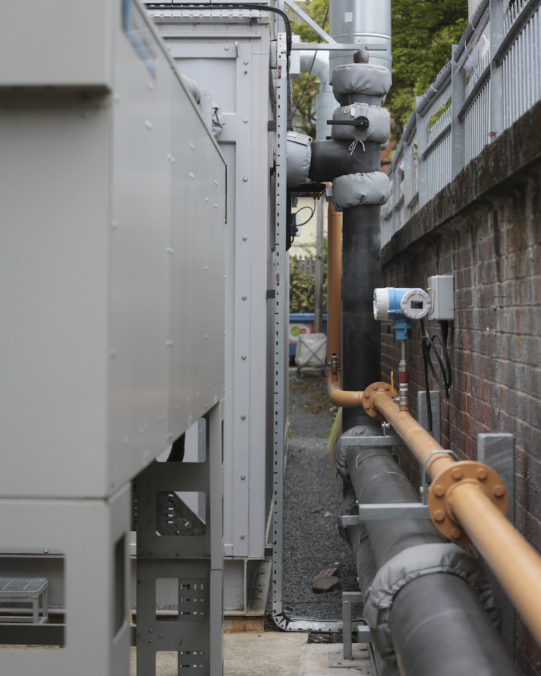
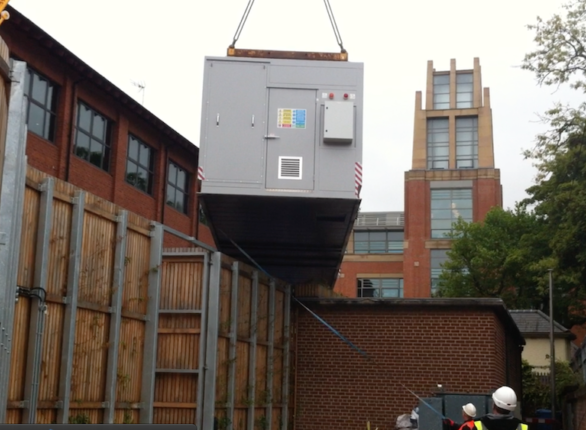
This appointment consisted of the project management, design, procurement and installation of two gas-fired CHP installations and all associated system modifications.
